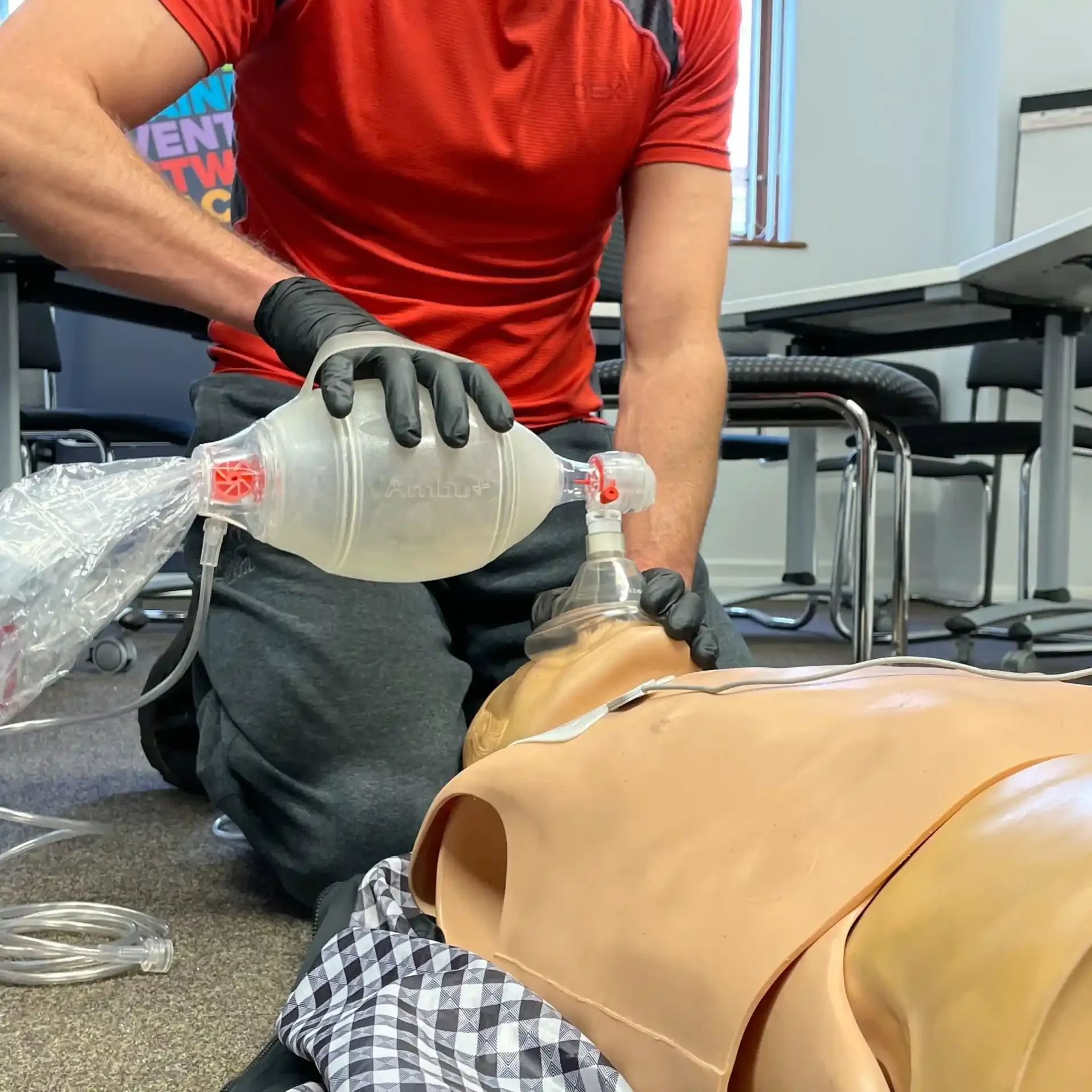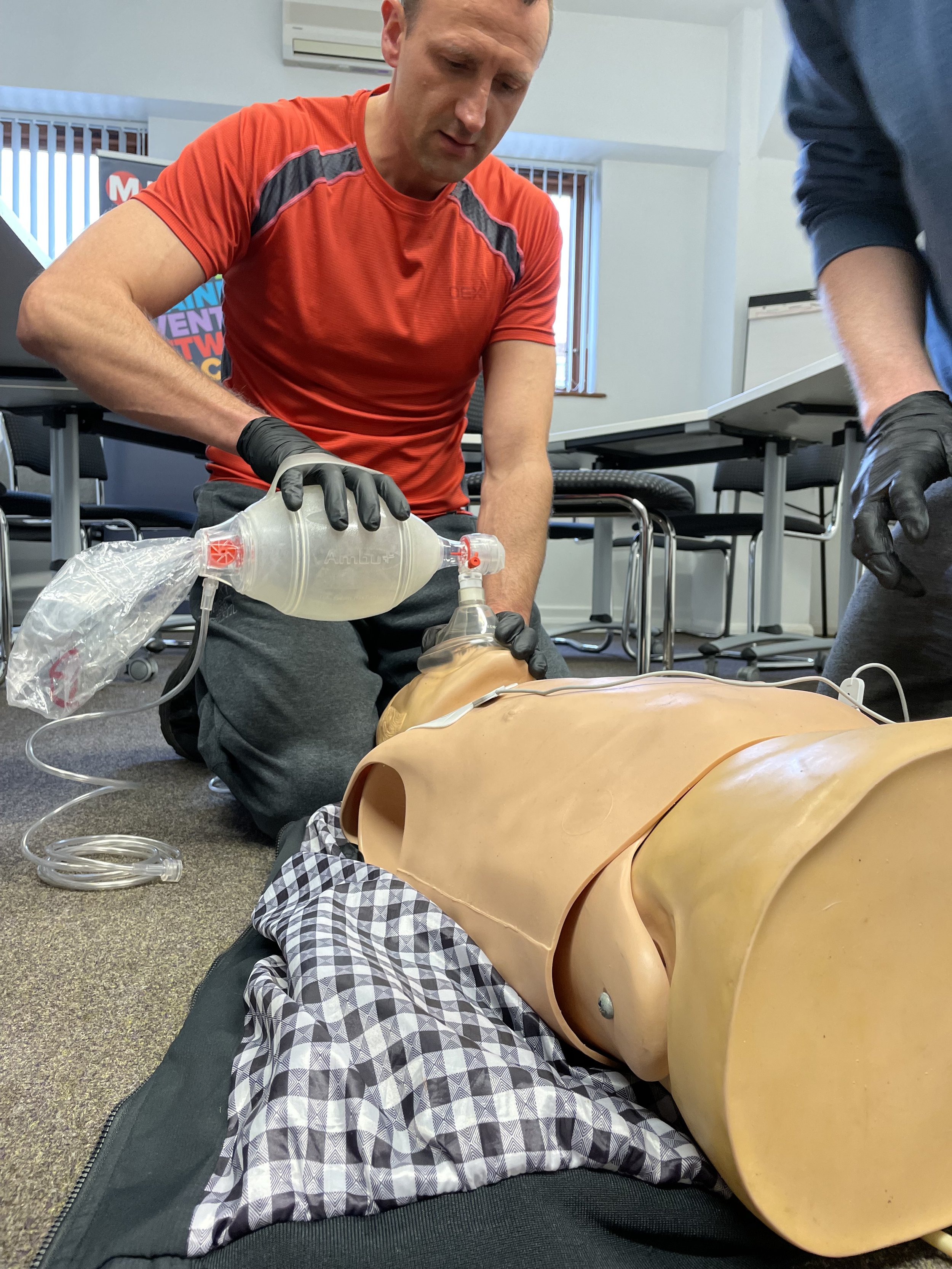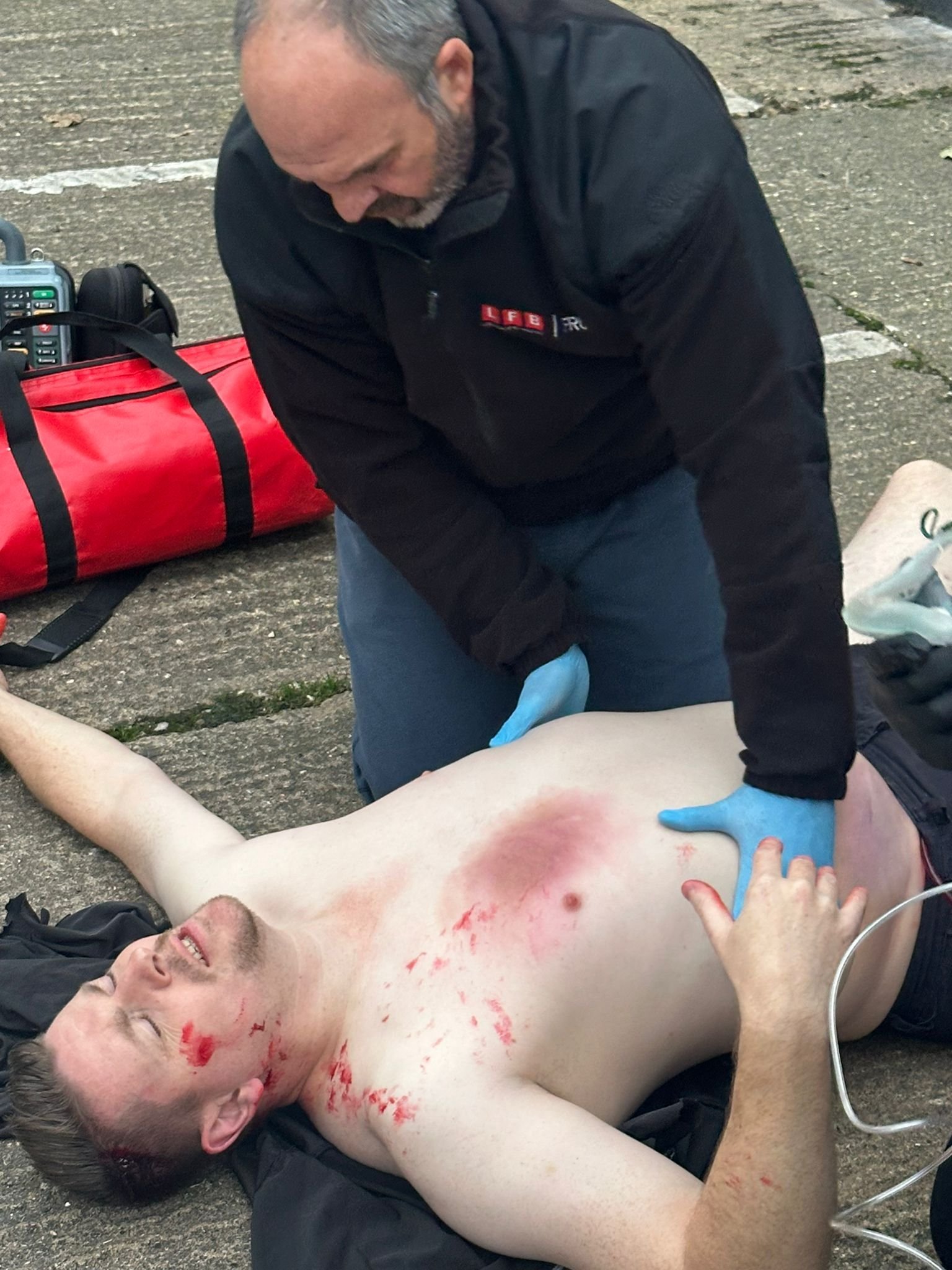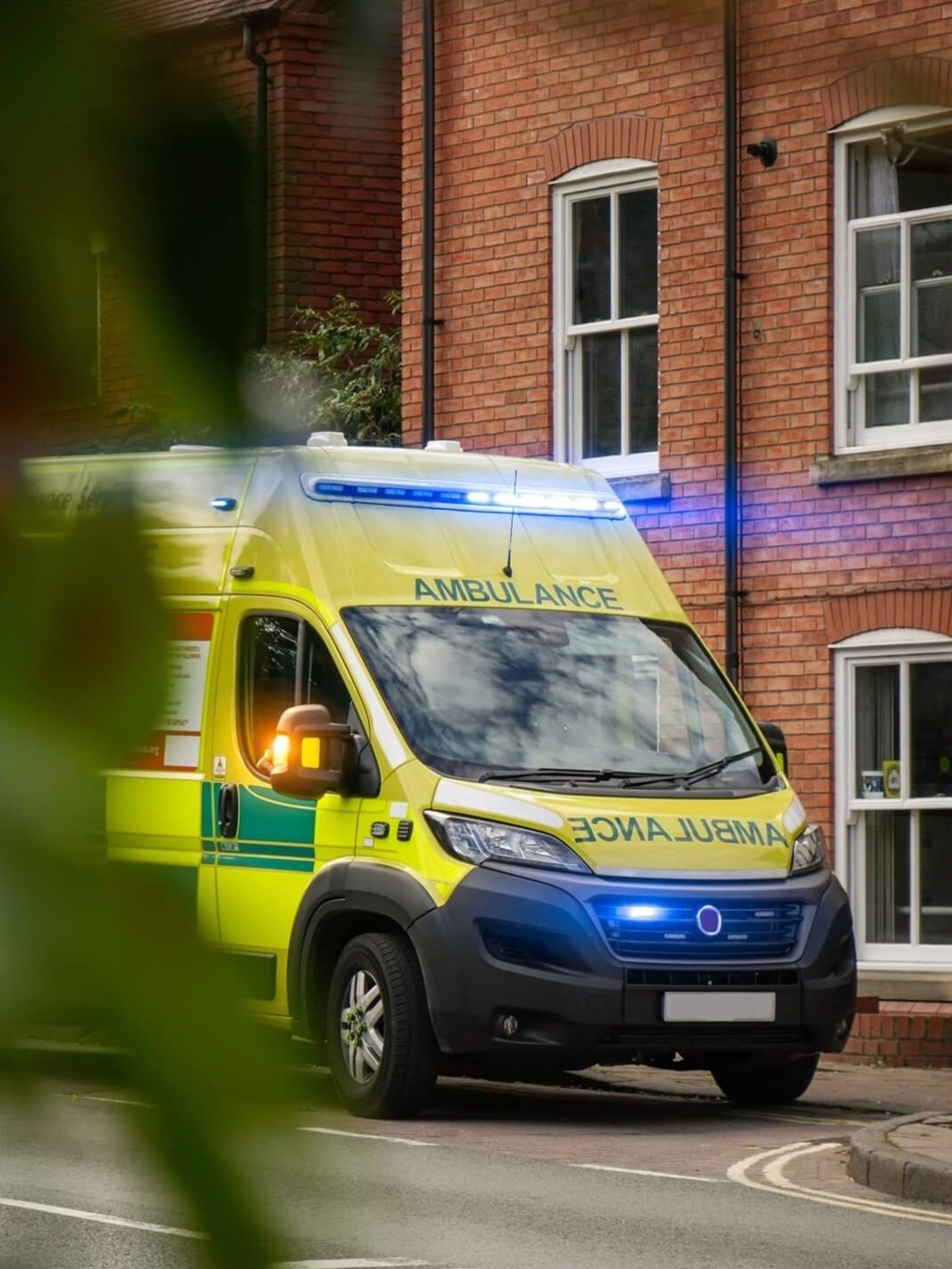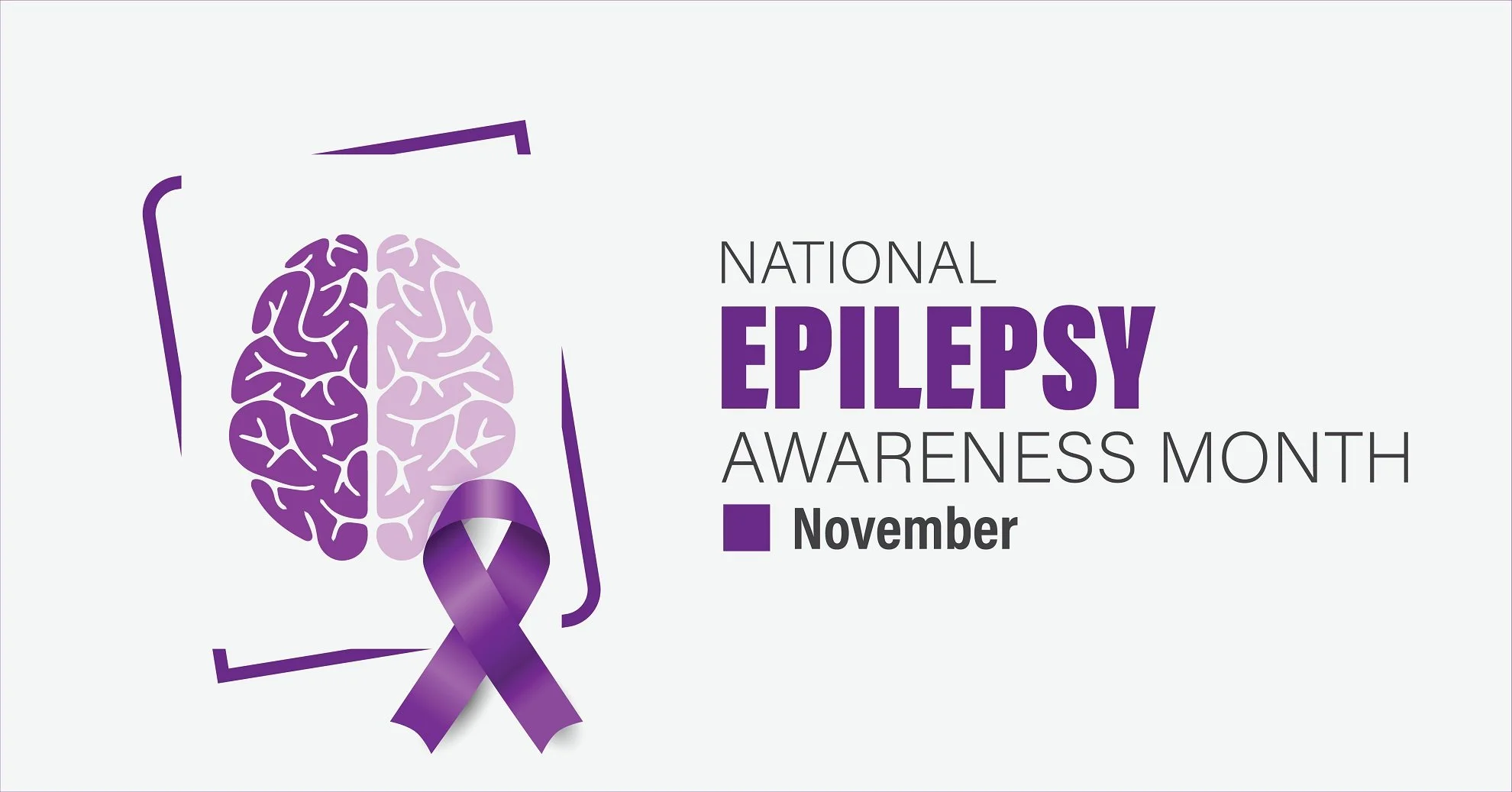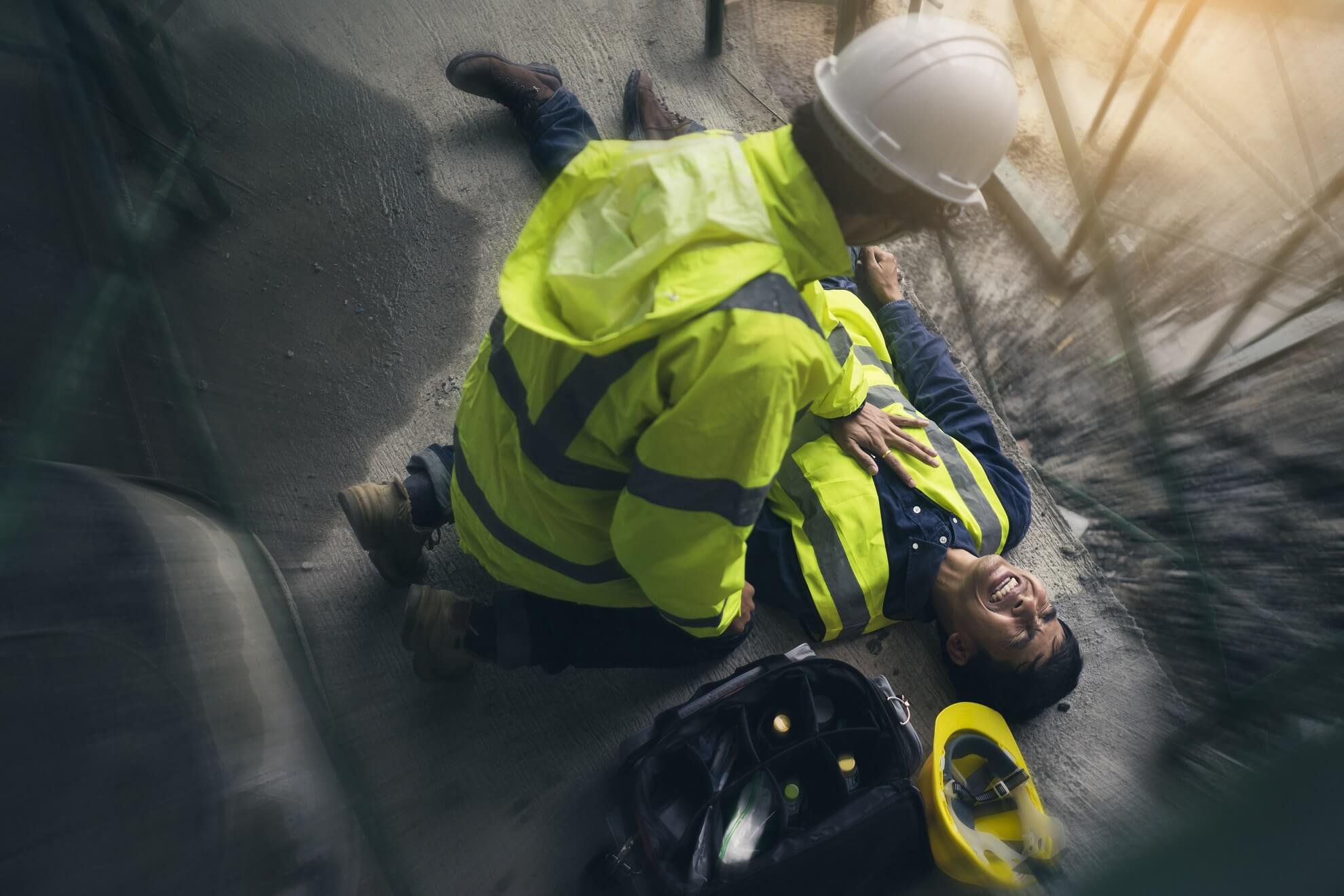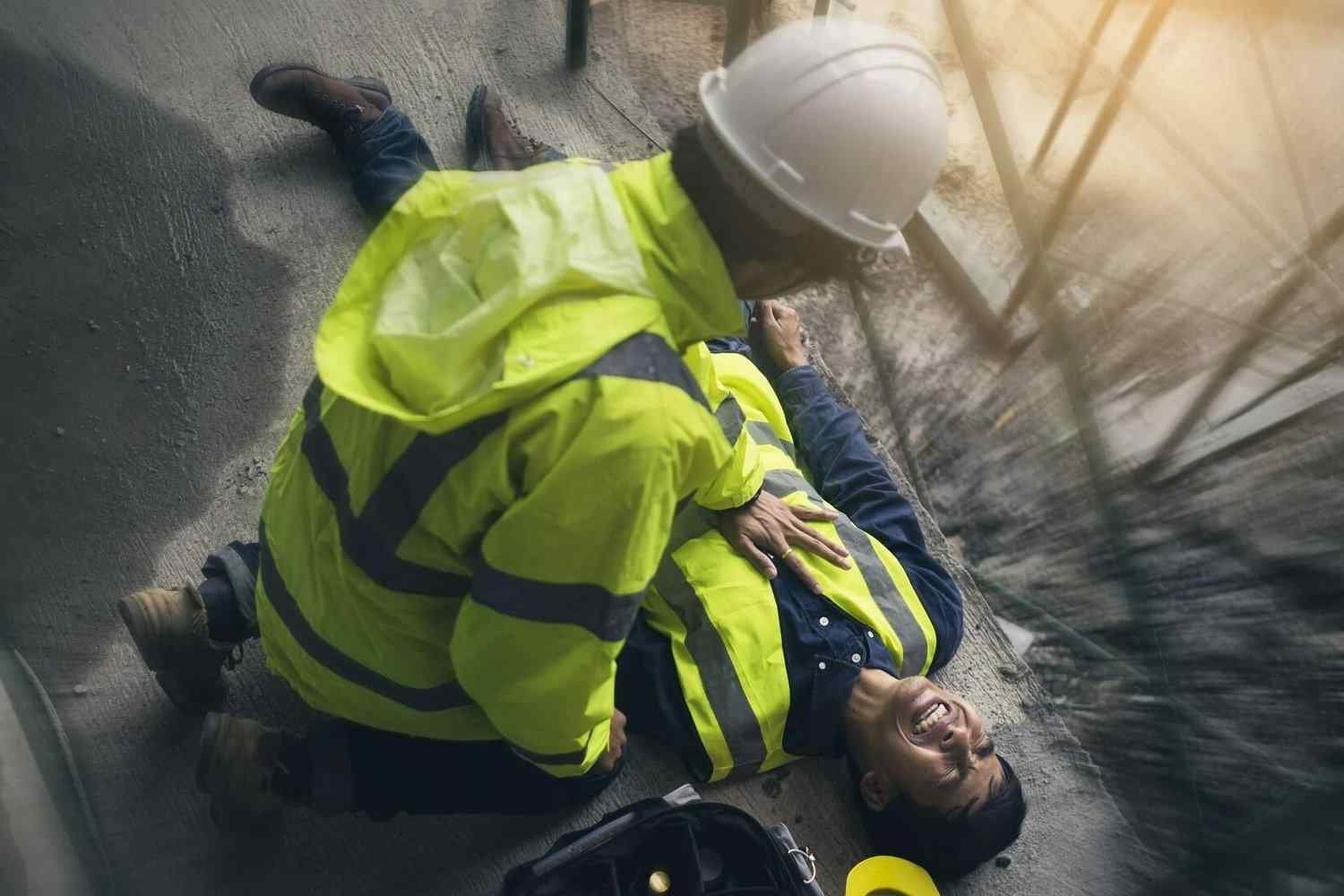Why Every Farm Needs First Aid Training
Farming is one of the most rewarding jobs, but it is also one of the most dangerous. Every year, people working in agriculture are injured in accidents involving machinery, livestock, vehicles, chemicals, and working at height. Unlike many other workplaces, farms are often remote, which means an ambulance may take longer to arrive. In that time, the difference between life and death can come down to whether someone on-site knows what to do.
That’s where first aid training makes all the difference.
At NR Medical Training, our team of Paramedics, EMTs and experienced trainers (meet the team) deliver first aid training designed specifically for farming and agricultural settings. We combine recognised qualifications with real-world, hands-on training to prepare you for the unique challenges of the job.
The Risks Farmers Face
The Health and Safety Executive (HSE) consistently lists agriculture as one of the most dangerous industries in the UK. Fatal injury rates are far higher than in construction or manufacturing. The most common causes include:
Being struck by moving vehicles
Contact with machinery
Injuries from livestock
Falls from height
Slips, trips, and falls on uneven ground
Crush injuries from bales, gates, or collapsing structures
Even non-fatal incidents such as cuts, burns, or broken bones can have serious consequences when you’re miles from the nearest hospital. Employers are required by law under HSE regulations to provide “adequate and appropriate” first aid equipment, facilities, and trained people.
Why Standard First Aid Isn’t Always Enough
Most general first aid courses cover the basics: CPR, choking, bleeding, burns, and medical emergencies like seizures or heart attacks. These are important, but they don’t cover many of the situations farmers are likely to face.
On a farm, you may have to deal with:
Someone trapped under machinery
A severe bleed from a machinery or animal injury
Crush injuries that need specific treatment
Delayed emergency response times due to remote locations
Multiple casualties if a vehicle overturns
This is why we’ve adapted our training to cover agricultural risks directly.
Meeting Industry Standards
Some of the most serious incidents on farms include:
Machinery entanglements and amputations
Crush injuries from vehicles or falling objects
Livestock trauma such as kicks or bites
Chemical and pesticide exposure
Severe bleeding and traumatic wounds
Anaphylaxis from stings or bites
How Clinician-Led Training Helps
All our courses are delivered by paramedics, nurses, and EMTs with real emergency experience.
That means learners aren’t just ticking compliance boxes. They’re taught by people who’ve seen these injuries first-hand and know what works in remote, high-pressure situations.
What Training Do Farms Need?
At NR Medical Training, we’ve built farm-specific training options that go beyond generic first aid. Every course is clinician-led and adapted to the real risks of agricultural life.
1 Day – Emergency First Aid at Work (EFAW) for Farms
A nationally recognised Level 3 Qualsafe Awards qualification.
Recognised as HSE-compliant and suitable for many farm environments.
Adapted to agricultural risks and remote response challenges.
Focused on essential, life-saving interventions you might need in those first critical minutes.
2 Day – Enhanced Trauma & First Aid for Farms
Includes the accredited EFAW qualification.
Adds fully bespoke trauma training built around the specific risks of your farm.
Covers catastrophic bleed control, crush injury treatment, and advanced trauma management.
Ideal for lone workers or anyone handling heavy machinery or livestock.
3 Day – First Aid at Work (FAW) for Farms
A nationally recognised qualification for higher-risk workplaces.
Content adapted to farming hazards with extended scenarios and assessments.
Includes additional content, plus more in-depth case-based training.
Best suited to large farms, estates, and agricultural businesses with higher staffing levels.
Everyday First Aid Readiness on Farms
Training is vital, but being prepared day-to-day matters too. Some simple steps include:
First aid kits: Keep them in tractors, workshops, barns, and the main office. The HSE has guidance on what a farm first aid kit should include.
Lone workers: Ensure staff working alone have a way to call for help and know self-help techniques until assistance arrives.
Refresher training: Skills fade quickly. We recommend annual refreshers to maintain confidence.
Emergency planning: Check access routes for ambulances and fire engines. Keep gates clear and tracks in good condition. 💡TIP: Have a list of the what3words locations of all access points and label them A, B, C etc. That way you can quickly get help to the closest access point.
Industry standards: If you are a Red Tractor certified farm, your first aid provision will be reviewed during audits.
Why Choose NR Medical Training?
Frontline expertise: Courses are delivered by registered Paramedics, EMTs, and nurses with real emergency experience.
Farm focused: Training is tailored to the unique risks of agricultural work.
Hands on learning: Learners practise with realistic kit and scenarios, not just theory.
Compliance assured: Courses meet HSE requirements and align with farm assurance schemes such as Red Tractor.
Not sure which course fits your farm best?
That’s what we’re here for. Have a look at our First Aid for Farms courses or drop us a message and we’ll point you in the right direction.
Frequently Asked Questions About Farming First Aid
-
Yes. Under the Health and Safety (First Aid) Regulations 1981, all employers including farms must make sure there are “adequate and appropriate” first aid arrangements in place. This includes having trained people, equipment, and facilities suitable for the risks. Agriculture is classed as high risk, so most farms will need at least one trained first aider on site.
-
HSE guidance states that first aid certificates such as EFAW and FAW are valid for three years. However, annual refresher training is strongly recommended because skills fade quickly, especially in high stress emergencies. Many farms choose yearly updates so staff feel confident and compliant.
-
Emergency First Aid at Work (EFAW): A one day HSE recognised course covering essential life saving interventions. Suitable for smaller farms or lower risk settings.
Enhanced Trauma and First Aid for Farms: A two day option designed for agricultural risks. Covers catastrophic bleeding, crush injuries, and advanced trauma management. Best for lone workers or farms using heavy machinery.
First Aid at Work (FAW): A three day course that meets HSE requirements for higher risk workplaces. Includes all EFAW content, with extra scenarios and in depth training. Best for large farms or estates.
-
Yes. Farms certified under the Red Tractor standards are expected to meet legal health and safety requirements, including first aid. Auditors may review whether appropriate first aid arrangements are in place, and training records may be checked during inspections.
-
The HSE does not give a fixed list, but kits should reflect likely risks. On a farm, this often means:
Standard first aid supplies such as bandages, plasters, sterile dressings, gloves, and a resuscitation shield
Tourniquets and haemostatic dressings for catastrophic bleeding risks
Eye wash or irrigation solution for chemical or dust exposure
Burns dressings for scalds, chemical burns, or machinery burns
A robust container that can withstand farm conditions
Many farms keep multiple kits in tractors, workshops, barns, and the farmhouse to make sure equipment is always close by.
-
Yes. HSE requires employers to provide suitable first aid arrangements for lone workers. This may mean training the worker in self care techniques, ensuring they carry a first aid kit, and providing communication systems so they can summon help quickly if injured.
-
Ambulance response times vary, but rural and remote farms can face longer waits. That is why farm specific first aid training is essential. Someone on site needs to keep the casualty alive until advanced help arrives. HSE guidance stresses that employers should factor in remoteness when deciding their first aid needs. A tip from NR Medical Training is to keep a record of each access point and have a what3words location assigned to it. That way you can get help to where you need it faster.









